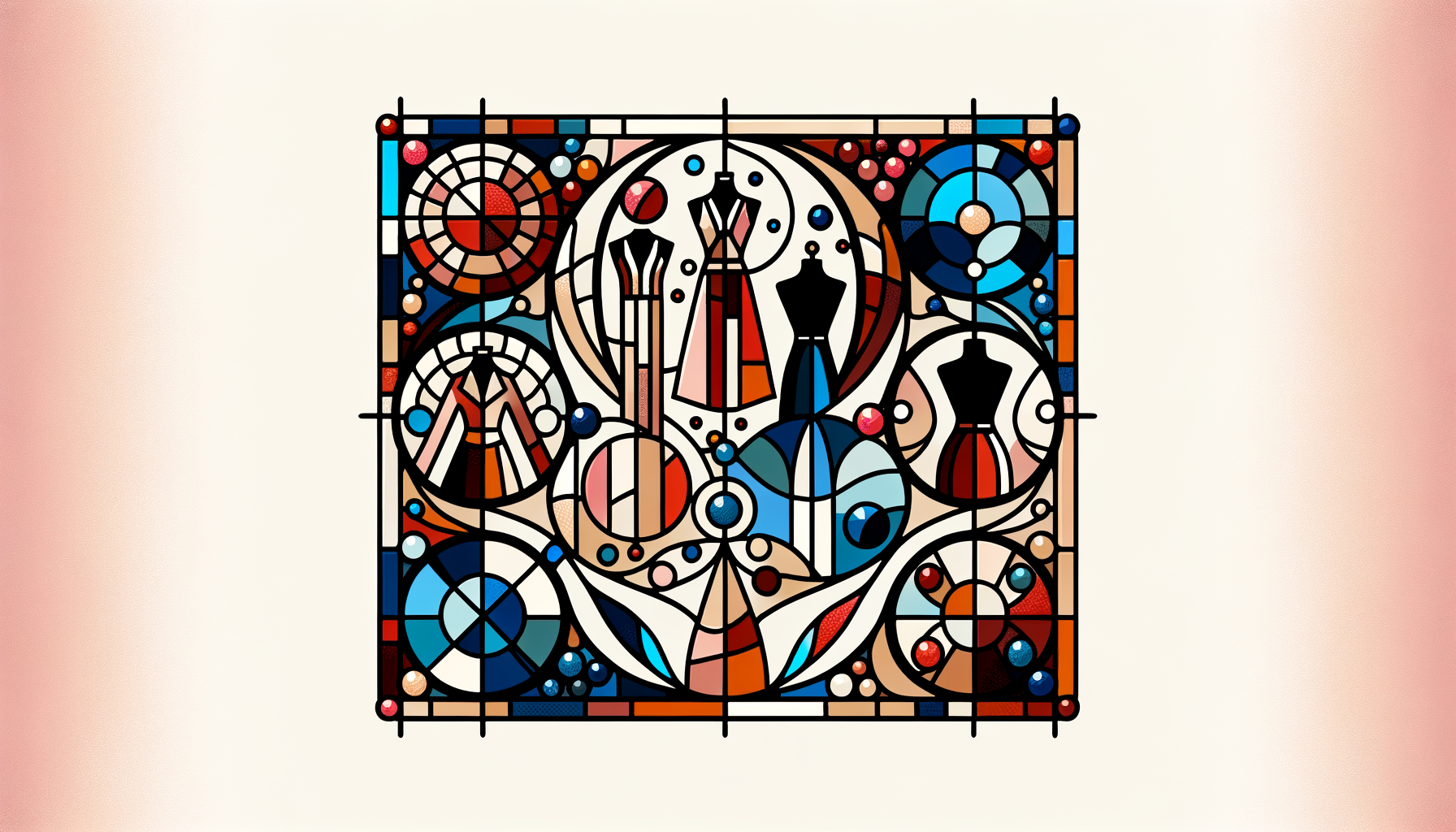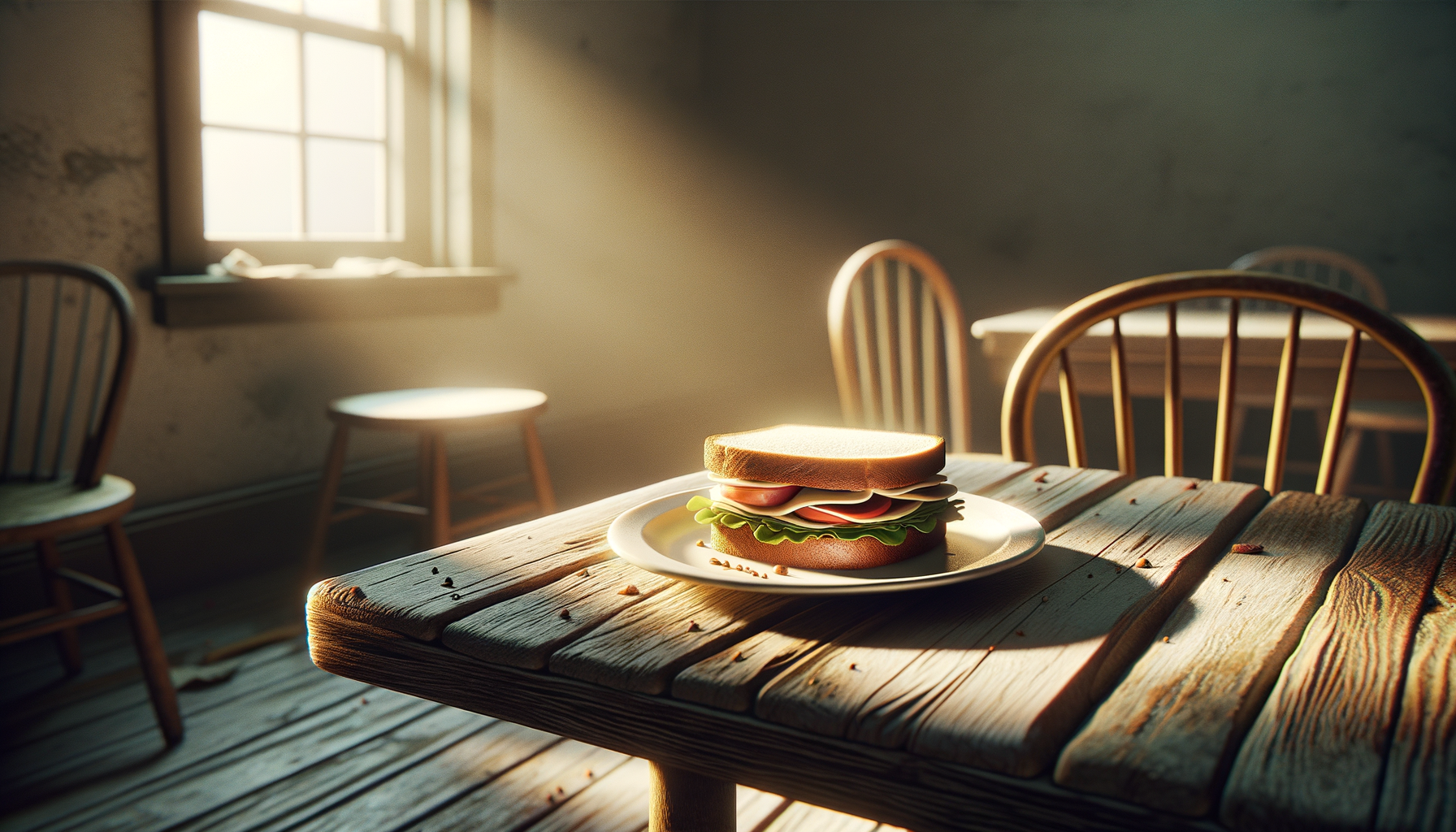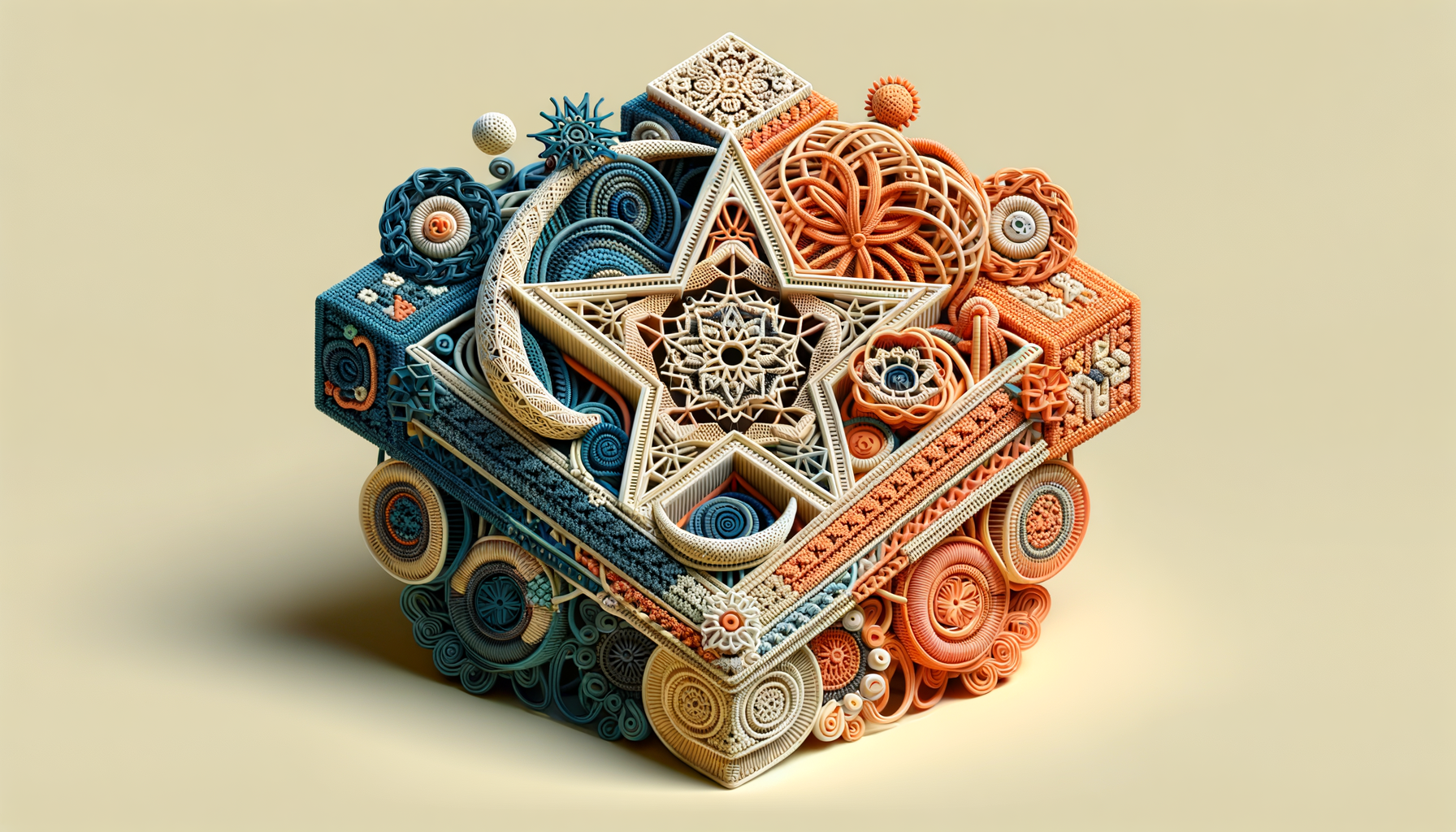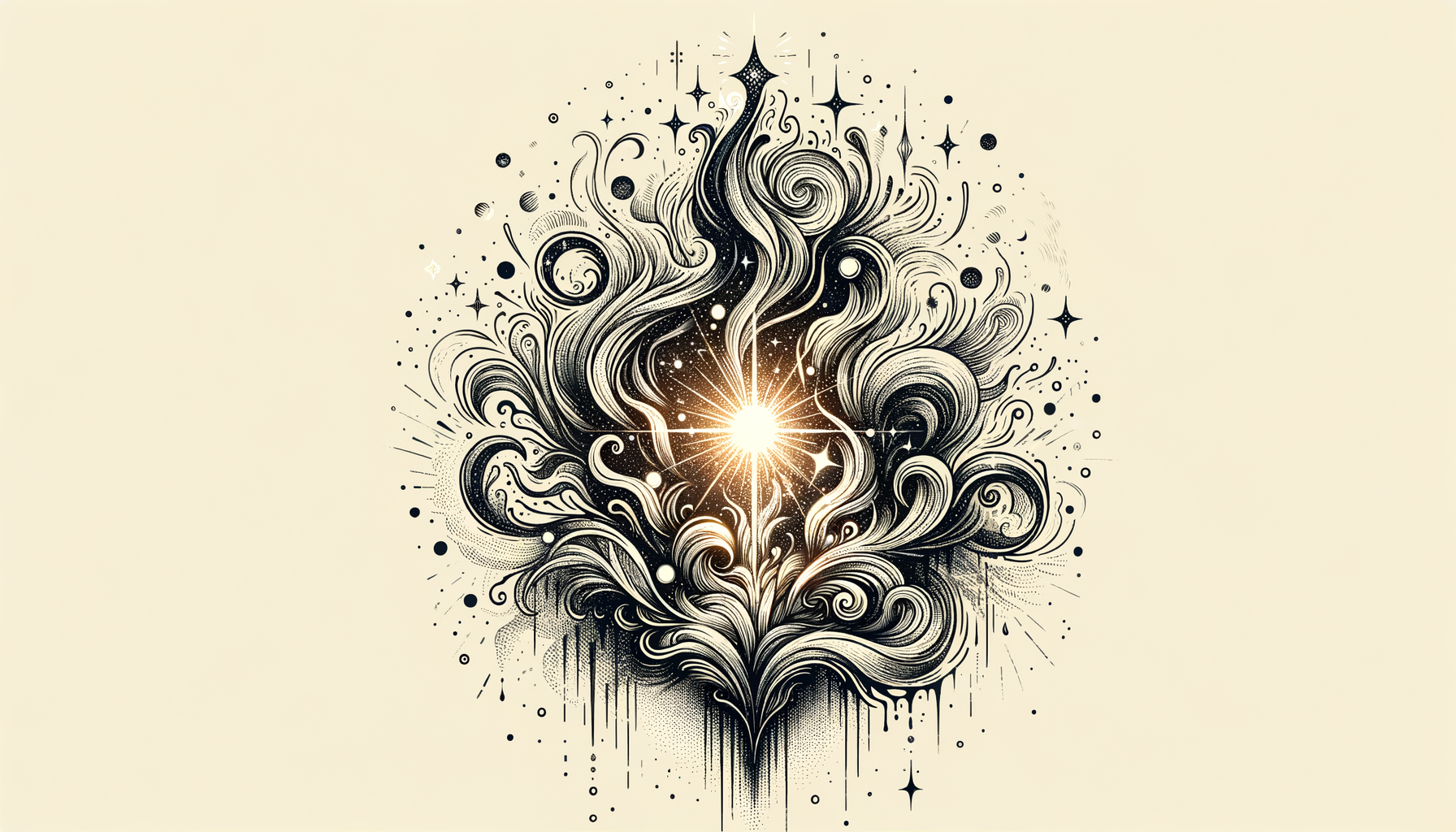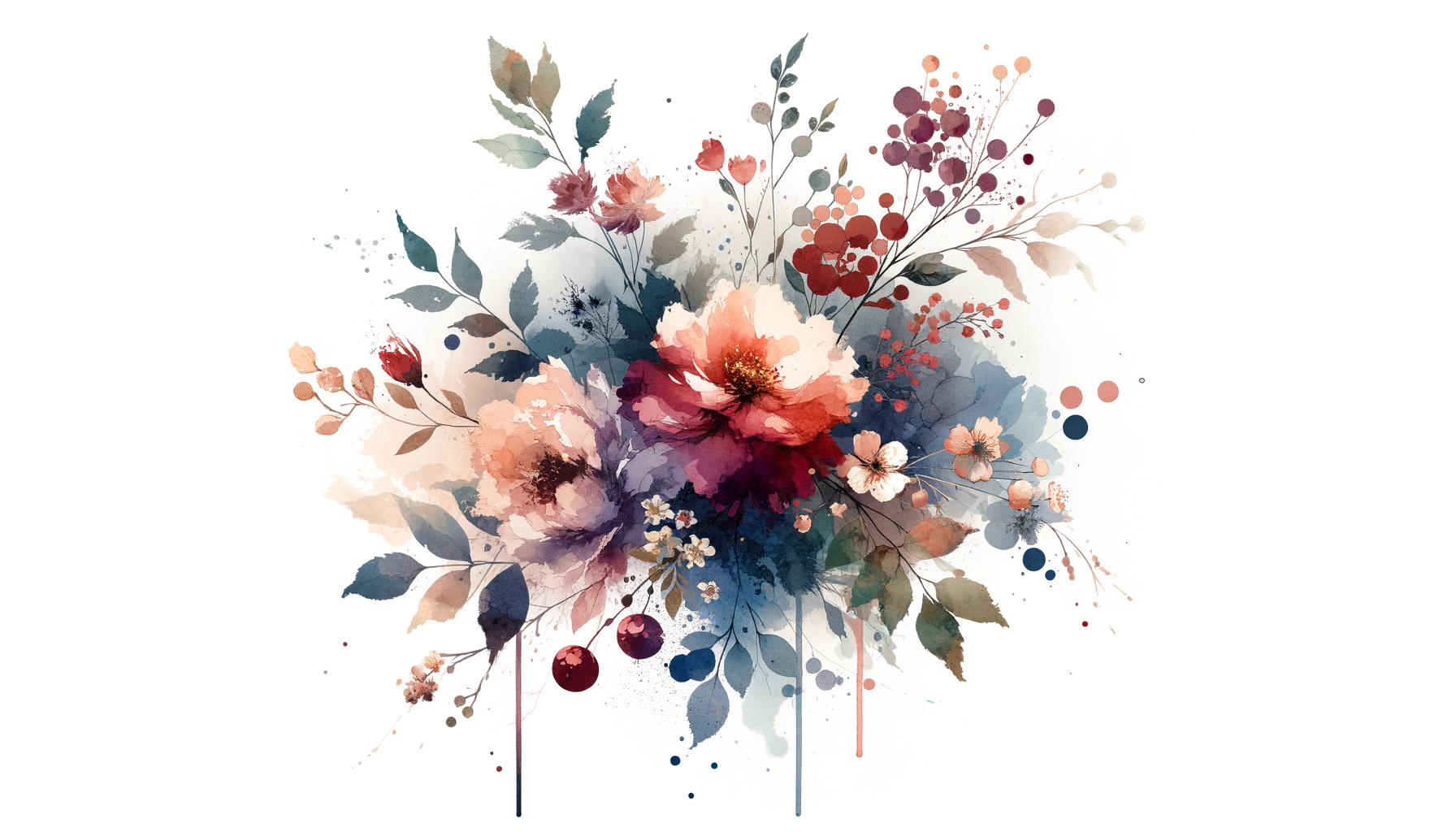When I was sixteen, I crashed a mountain bike in a glorious explosion of overconfidence and mediocre coordination. I’d been speeding down a narrow trail in the hills near Napa, convinced that my summers peeling grapes in my parents’ vineyard had forged me into some kind of athletic demi-god. Spoiler: they had not. My front tire clipped a rock, I flew headlong over the handlebars, and gravity handed me a souvenir—a jagged scar on my left knee, still faintly visible today.
That scar tells a story: one about youthful arrogance, the triumph of a hard-earned Band-Aid over a shallow ego, and the kind of dumb, wonderful mistakes you only make when you’re invincible and sixteen. What’s funny is, every time someone notices it, I find myself absurdly fond of the memory it brings.
But scars, whether literal or metaphorical, don’t just mark the body—they brand the heart, the mind, and sometimes, the spaces between relationships. They’re misunderstood creatures, tucked away under makeup or long sleeves—but I like to think of them as conversation starters, even when the conversation is just with yourself.
Let’s talk about those scars.
Scars as Icebreakers: What’s Your Story?
Ever notice how scars make excellent entry points into stories? Like the time I was on a second date and I noticed a thin crescent-shaped line on the guy’s wrist. He saw me looking and said with a sly smile, “Lobster. Fresh out of the trap. I won that battle, though.” We ended up talking about his summer working lobster boats in Maine, which transitioned into the best debate I’ve ever had about the merits of butter versus clarified butter. (For the record, butter wins. Every time.)
That date never turned into a full-on romance, but what stayed was the reminder of how scars create bridges—pathways to parts of ourselves we often keep hidden. They're physical proof of something survived, anecdotes about life lived slightly off-script. Want an easy way to connect with someone? Ask them about the scar on their elbow—it might unveil a tale of tree climbing gone wrong, or, at the very least, spark a laugh about their less-than-graceful past.
Emotional Scars: Less Visible, Just as Important
Here’s the thing about emotional scars: they don’t come with cool “lobster battle” stories. But if you dig deep enough, they have their own power. I used to think heartbreak was best swept under the metaphorical rug—a polished veneer of “I’m fine” held firmly in place. Until one day, in my early twenties, the surface cracked. I cried at a wine tasting event, surrounded by a crowd that probably thought I was deeply moved by the tannins. In truth, I was mourning a breakup I hadn’t fully dealt with, one that left my self-esteem looking like a cork shattered by someone trying to open a wine bottle with a dinner knife.
The turning point was when I started sharing that grief with others. A friend suggested I put it on paper—so I did. Those emotional scars became food memoir vignettes, soaked in merlot and salted by tears. Funny enough, those stories resonated more with readers than anything else I’d written.
What emotional scars teach is twofold: vulnerability isn't a liability, and those jagged little reminders of hurt? They’re proof of regrowth. Let them breathe. Share them, just a little—they’re where your humanity shines through.
Scars and the Art of Connection
It’s worth noting that not all scars make for romantic anecdotes or endearing icebreakers. Some cut deep, metaphorically or otherwise, and feel less like conversation starters and more like conversation avoiders. Take my friend Lydia, for example. She has a noticeable scar along her collarbone from a surgery years ago. She hated it for a long time, covering it with scarves every chance she got.
Then one night, while pouring wine at a party, someone asked her about it—not rudely, just inquisitively. Without thinking, she laughed and said, “Ah, let’s just say I have a bionic collarbone now.” That simple moment—a mix of honesty and humor—reshaped her relationship with her scar. The next day, the scarves stayed in the drawer. Funny what a little shift in perspective can do.
How to Wear Your Scars (With Confidence)
Whether physical or emotional, scars teach us resilience, and there is a way to embrace them. Think of them not as flaws but as refinements—the patina of a well-loved piece of silverware, the wear on leather from miles of adventure. Here’s how to own them:
-
Name Your Narratives
Take ownership of the stories behind those marks. Did you fall off a bike? Lose yourself for a while after a messy breakup? Get ghosted so hard you considered applying for a role on Unsolved Mysteries? Whatever the damage, name it. Every scar has a tale, and stories remind us where we’ve been and how far we’ve come. -
Find Humor in the Healing
One of my best friends has a burn scar on his hand from a kitchen accident in culinary school. He now refers to it as his “signature dish,” which makes me love him approximately 40% more than I already did. Humor doesn’t take away the past, but it sure takes the edge off. -
Rewrite Your Relationship with It
If your scar feels like a burden, try reframing it. Lydia doesn’t call her collarbone scar a “bionic upgrade” just as a joke—it’s become part of her sense of humor, part of the self she’s presenting to those around her. Reframing isn’t about downplaying trauma; it’s about finding strength in how you’ve chosen to move forward. -
Share Selectively
You don’t have to shout your entire life’s battles from the rooftops, but selective sharing—like the guy with the lobster injury—can be a great way to bond. Just enough transparency to build bridges, right?
Wear Them Well
When I glance down at my knee these days, I no longer see just a scar—I see sixteen-year-old me, brimming with bravado and blissfully unaware of how not aerodynamic human bodies are. I see the growth that followed: the confidence to laugh at my mistakes and embrace the fact that nothing, including my body, is perfect.
Scars are evidence of living—proof you had the audacity to scrape knees, break hearts, and try things you weren’t quite ready for. They mean you jumped without perfect footing, fought battles you weren’t guaranteed to win, or just lived boldly enough to collect a few marks along the way.
So stop hiding them. Let your scars breathe. Whether they’re on your knees, your collarbone, or your heart, they tell a story—and the most beautiful part? You get to choose how to tell it.



